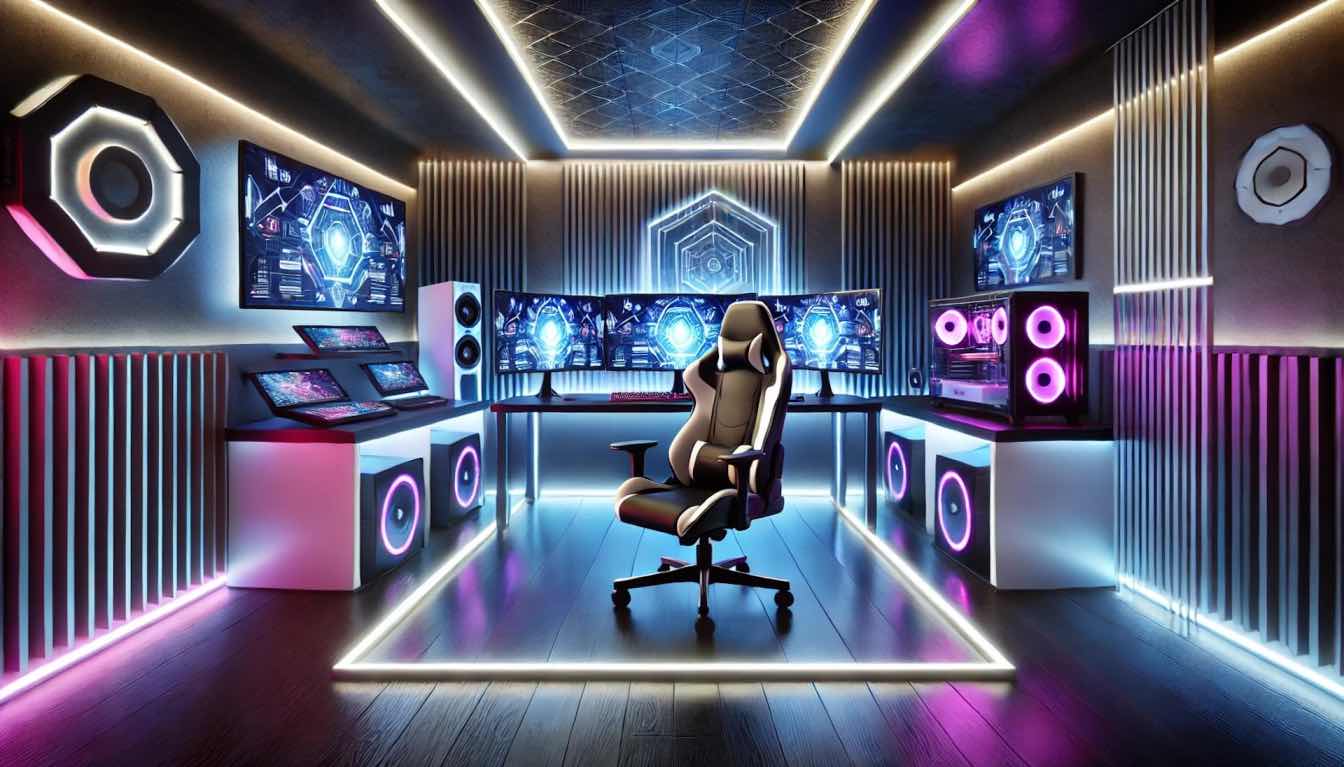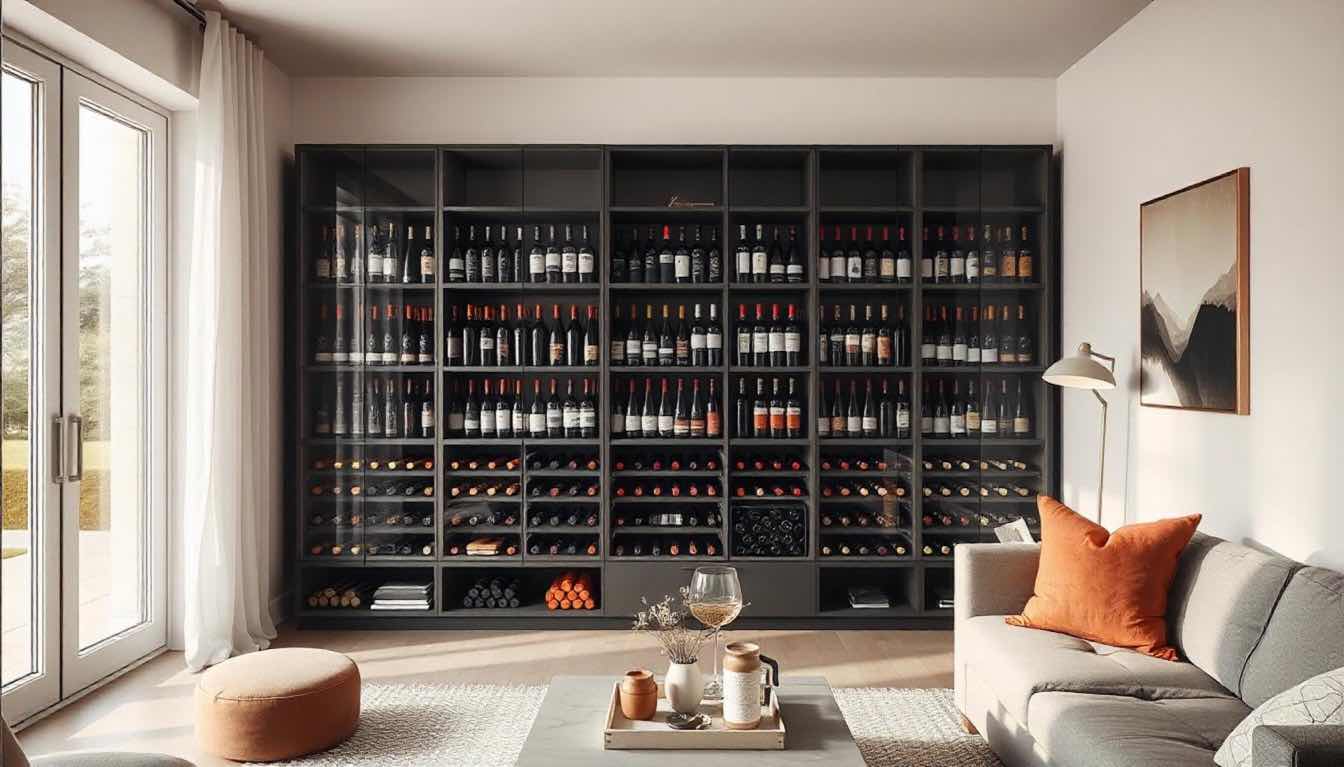Consider the last time you, while gaming, totally lost track of time. Was it only the game, or do the surroundings matter as well?
Architecture now revolves increasingly around dedicated gaming settings. Driven by almost 3 billion enthusiastic gamers worldwide, the global games business is barrelling toward a startling $236.9 billion in 2025, expanding at 4.6% year-on-year. But our physical environments are changing as well; it's not only the virtual worlds that are growing. Digital platforms, like bonusfinder.com, offer new forms of entertainment; all of which can be enjoyed at home.
At $100 billion now, the game room furniture market is expected to rise to $925.45 billion by 2030. Behind these amazing numbers is a basic reality: architects are leading the push and we are finally giving gaming environments top priority.
Space invaders
Trying to game in a little area of your living room is like trying to create a masterpiece on a Post-it note—limited. Space matters. For a dedicated gaming area, experts advise beginning with a 12x14 foot canvas, but this isn't simply random square footage. For your gaming soul, it's precisely computed breathing room.
Think about the spatial ballet needed for various game configurations: While arcade machines need a 2x3 foot footprint + 3 feet of clearance on all sides (because nobody enjoys playing Pac-Man with their back against the wall), a billiard table demands 14-16 feet in length for effective cue usage. VR? That's a whole other spatial puzzle, one that calls for enough space to flail around without bringing your grandmother's vase tumbling to the floor.
Screen-based gaming brings still another dimension—the sweet spot of viewing distance. Your seated position should be 1.5 to 2.5 times the screen size away from your monitor. Too close will make you feel as though you are seated in the front row at the movie with a sore neck; too far will cause minute details to disappear like Easter eggs you never locate.
When these exact calculations result in well-designed environments, architectural magic takes place. Like a well-fitting glove instead of a stiff box, the greatest gaming rooms seem both spacious enough for movement and intimate enough for focus. And isn't that our collective pursuit? That sense of a place created just for the worlds we love to explore and for us.
Level up
Think back on your first immersive gaming encounter. That instant when the room around you seemed to vanish, leaving just the game? That is science and design working harmoniously, not happenstance.
About immersion, the body does not lie. Studies on VR gaming reveal notable increases in heart rate and oxygen usage when compared to resting values—your body responds to these virtual environments. Different games cause different physiological reactions ranging from low exercise intensity all the way to strenuous workouts.
But immersion is a multi-sensory symphony brilliantly conducted by superb architecture, not only a physical phenomenon. Lighting must dance between atmospheric embellishment and functional visibility; it cannot be a side issue. Too bright, the atmosphere flatlines; too dark, you'll be squinting at the screen like you're trying to read the fine print on a medicine bottle.
Sound design turns out to be as important. In a horror game, those feet slinking behind you? In a room with correctly adjusted acoustics, they are twice as horrible. Materials matter too: walls devoid of echo chambers, flooring that lessens noise, and surfaces that enhance the whole sensory experience instead of countering it.
When all these components come together, they provide the ideal environment for what psychologists refer to as "flow state"—that magical zone in which challenge and skill coincide, time warps, and you find yourself wondering where the day vanished hours later. Architecture doesn't just exist in this experience; it accelerates it.
Where architecture meets technology
Ironically, the same technology used in gaming environments is now guiding architects in creating better environments. Unreal and other gaming engines are transforming architectural visualization such that designers may create virtually perfect "digital twins" of buildings before ever laying a single brick. In the best conceivable sense, it's like the snake swallowing its tail.
The terrain of games itself keeps changing dramatically. From $9.29 billion in 2008, PC gaming software sales have almost quadrupled, reaching $39.45 billion this year. While mobile gaming dominates the revenue stream at a stunning $97.6 billion, console gaming is likely to explode with blockbuster releases like Grand Theft Auto VI.
Every platform requires architectural consideration unique to itself. PC battle stations should have ergonomic configurations that won't make you feel like you have aged forty years after a weekend marathon.
Console areas yearn for cozy seating configurations that allow several players without causing territorial conflicts about the "good spot." And then there's mobile gaming. It's crept into every nook and cranny of our houses, pushing designers to design adaptable areas fit for our often shifting play patterns.
The next level still awaits
Gaming rooms take the front stage in architectural innovation as our real and digital worlds continue their amazing dance—practical labs where design, function, and enjoyment intersect in spectacular fashion. Tomorrow's gaming room will be a dynamic participant in the gaming experience itself, not only a venue for games.
For both gamers and architects, this frontier marks unexplored ground with lots of potential. After all, should we not similarly consider and modify the areas around our screens if we can create rich worlds inside of them? Though games live on the screen, the architecture around them may be more important. That is the reason they come alive.





